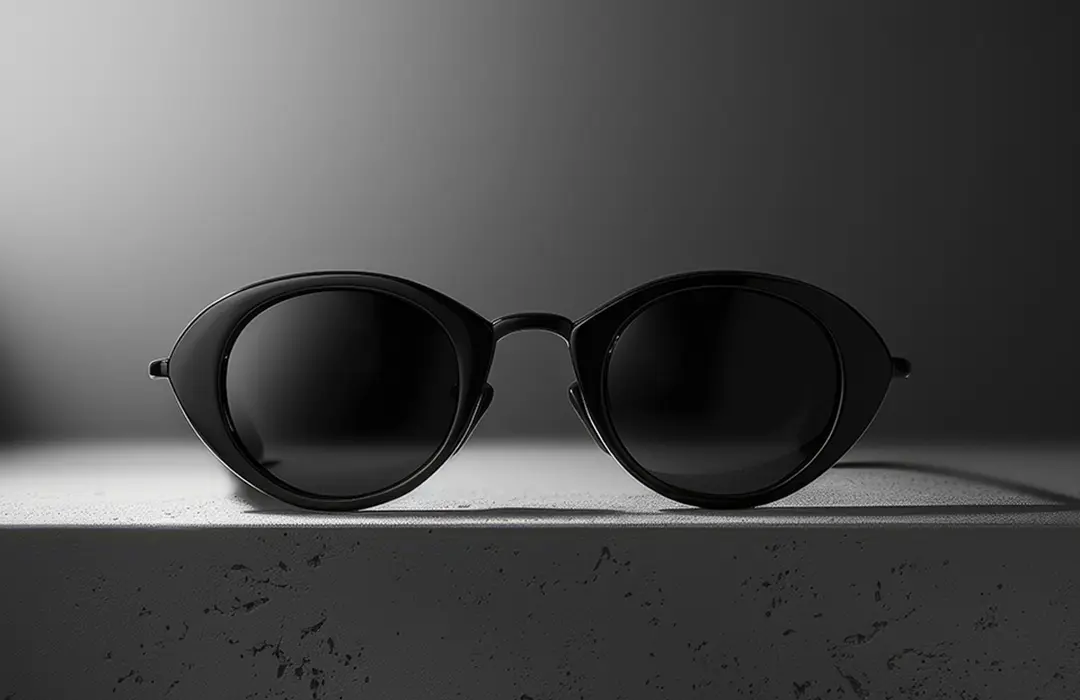While you might not believe much goes into creating a pair of prescription glasses, the process is more intricate than you might expect. A broad range of prescription demands may be accommodated by modern glasses, which are tailored to the wearer’s specifications. This article describes the manufacturing process of prescription glasses, which may interest you if you’re wondering how eyeglasses are designed. There is no doubt the skill and complete cooperation of the product management and design teams are necessary to create stylish, high-performing eyewear.
Inspiration exists everywhere:
Mood boards come together in this exciting initial phase. With the help of the most recent fashion industry projections, these visual collages showcase future design orientations and highlight popular themes, colors, shapes, and ideas. Walking around with an open mind yields findings from which new ideas might be derived. Everything feeds creative appetites, whether nature, art, architecture, or even certain color combinations. All these innovative concepts and cutting-edge ideas are presented, and a dynamic brainstorming session begins.
The Design Art:
Everyone engaged decides on color nuances and combinations, ideas are shared and discussed, and ornamental components get worked out. The final product design drawings are thoroughly reviewed once again by the team. These include details on frame materials and measurements for the final look. Before moving on with the prototype, the most anticipated designs get sent to factories, where skilled engineers verify that the design is feasible.
Craftsmanship at its finest:
When making the prototypes, dedicated workmanship is needed. Since no molds are available, each prototype must be made by hand, requiring a high degree of dexterity and accuracy. This procedure determines how many stages are needed and how complicated the final output will be.
Tight Technical Examinations:
Every prototype must pass rigorous technical testing when it is completed. Technical experts examine each frame component for material strength, stability, and density, among other characteristics. Quality is everything, and this quality control procedure is only one of several that ensure the new eyeglass frames live up to our exacting requirements.
Eligibility for Completing:
As soon as the frame prototypes arrive on their table, the product team examines them for fit, feel, and appearance. The best frames get approved for a second round of fine-tuning, and the most current alterations have been discussed and determined. The best hand skill is employed to build the molds once the production samples have been meticulously finalized.
The finished product to touch is the best moment:
The manufacturing process begins after the last technical testing, any required adjustments, and several analyses. The staff eagerly awaits the first completed samples.
Frames
The primary purpose of eyeglass frames is to maintain the stability of the lenses on the wearer’s head. The front part of the frame contains the rims that surround each lens and hold them in place. A bridge component connects the lenses, and end pieces allow the front of the frame to hinge to the arms or temples at either outer edge of the rims.
Frame Styles
Oval and rectangular frames are the most frequent, although other popular shapes include aviator, round, square, cat-eye, and browline frames. Some people also acquire big, oversized glasses. Different glass styles might be rimless designs, bold frames, or a combination.
Lenses
Eyeglass lenses are tailored to the size and form of the frame they come with. Though less frequently now, glass was formerly used to produce lenses. The most commonly used lenses are plastic ones since they are less likely to break and cause eye injuries.
The most popular and reasonably priced material is Columbia resin-39 or CR-39. High-index plastic lenses are a smaller, lighter solution that has become increasingly popular for high prescription power. Polycarbonate lenses are extraordinarily robust, resistant to scratches, and UV tolerant.





